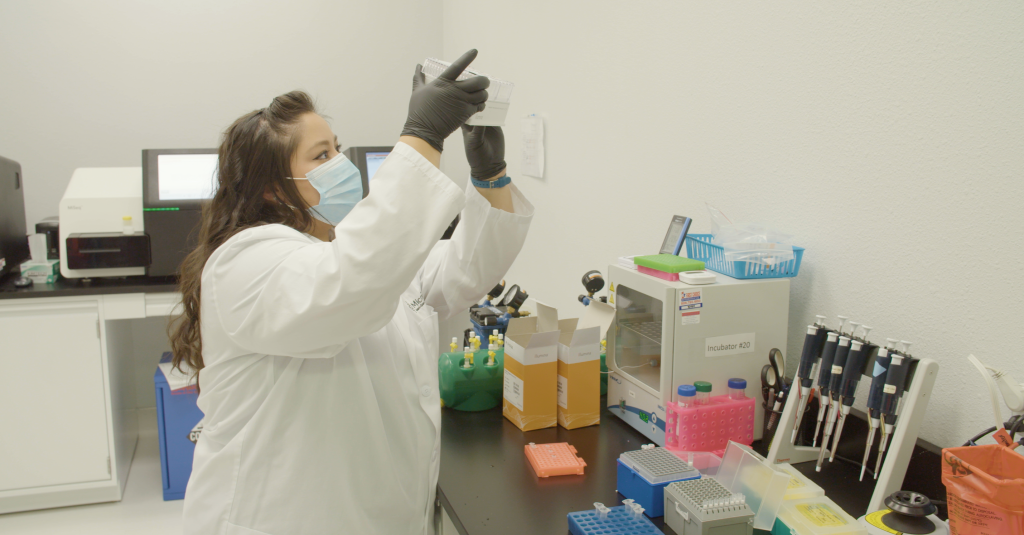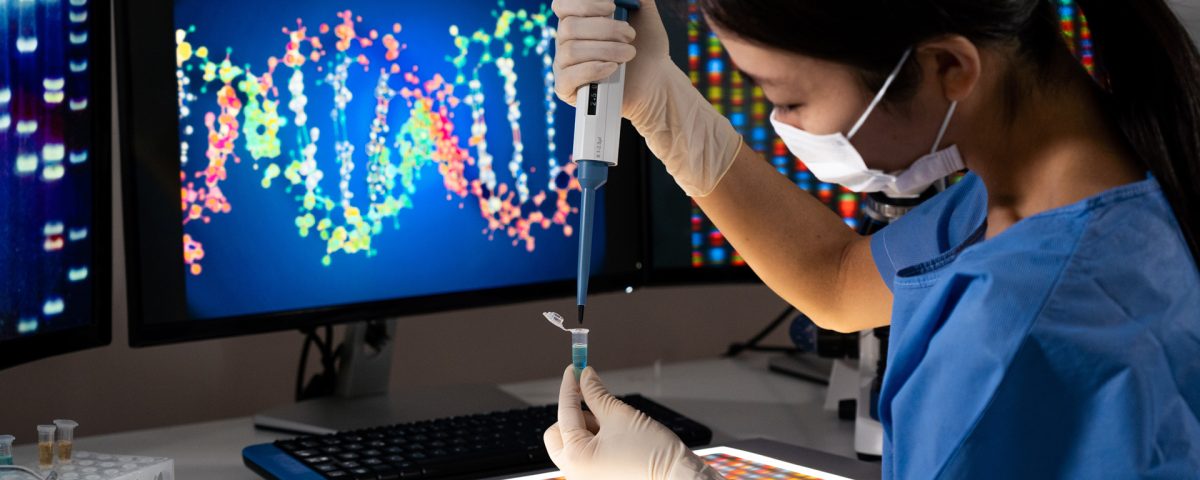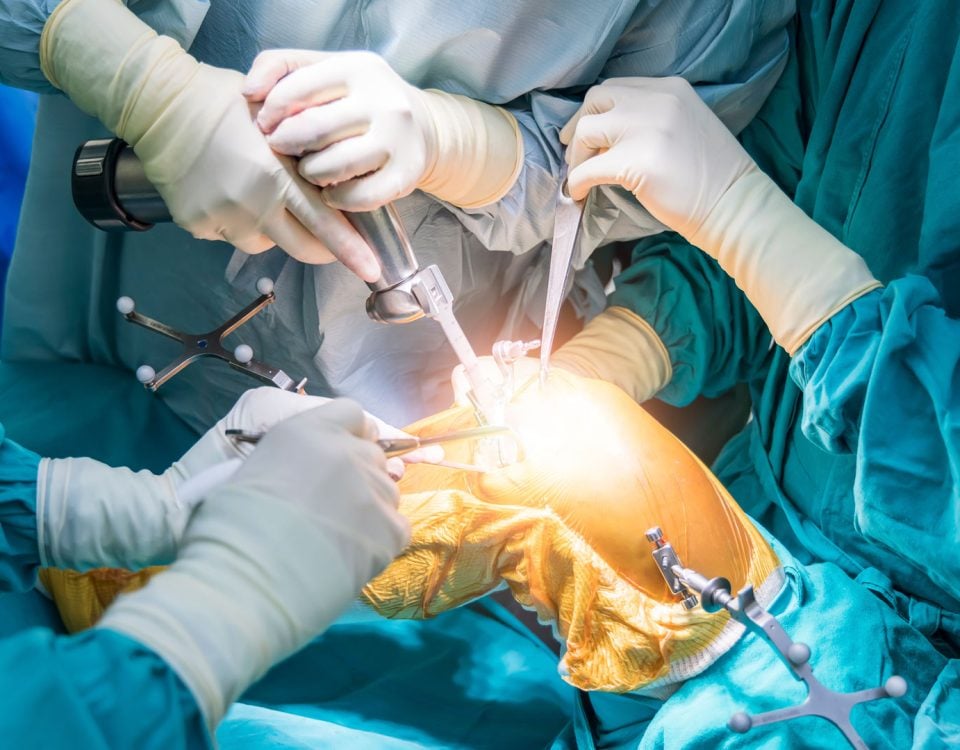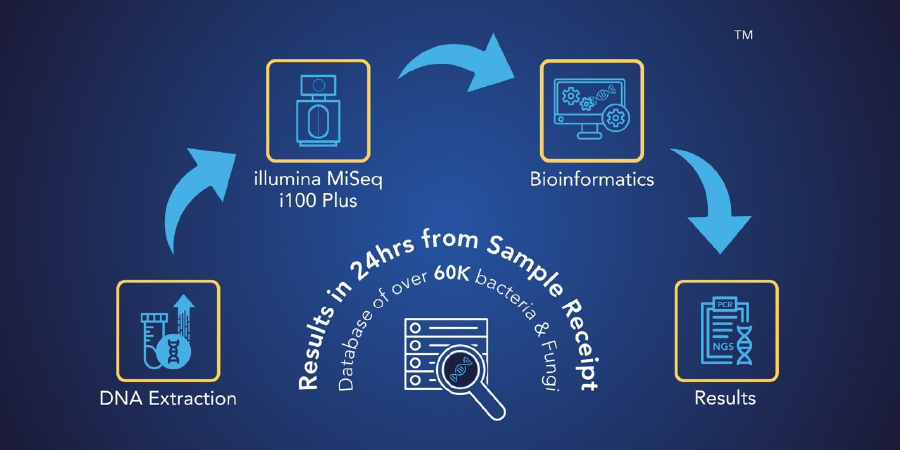In clinical diagnostics, the accuracy and reliability of test results are paramount. As a healthcare provider, the MicroGenDX team understands you expect the diagnostic tools you recommend to your patients to be both precise and trustworthy.
The MicroGenDX team takes this responsibility seriously, and our commitment to accuracy is reflected in the rigorous validation and oversight processes of our accreditation and regulatory partners.
This blog takes a closer look at the validation and quality monitoring processes required by the College of American Pathologists (CAP) and other regulatory bodies and how MicroGenDX meets these standards to achieve our high accuracy.
The Role of CAP in Ensuring Laboratory Quality
CAP is the leading organization for laboratory quality assurance and best practices, both in the United States and internationally. Their accreditation process is widely recognized as the gold standard for laboratory accreditations. A lab must voluntarily choose to apply for and comply with CAP’s standards to receive their accreditation.
A CAP laboratory accreditation and membership within their network ensures that clinical labs like ours maintain the highest standards of accuracy, share best practices, and meet or exceed the requirements set by federal regulators such as the FDA and OSHA.
Ultimately, CAP’s standards are often more stringent than those of federal regulators, so meeting their standards helps us exceed those of some other frameworks like those mentioned below.
CAP’s accreditation process involved:
- Blinded Proficiency Testing: CAP sends blinded (unknown to the lab) sample specimens to our lab for testing. These samples are designed to mimic real patient specimens, enabling CAP to objectively assess our lab’s ability to accurately identify the presence or absence of pathogens. This testing is a critical component of our ongoing quality assurance and is the component of our CAP accreditation that produces our verified 99.2% accuracy figure.In fact, CAP’s minimal baseline for acceptable accuracy is 80%.
- On-Site Inspections: CAP inspectors (our trained industry peers) carry out comprehensive on-site inspections of our laboratory. These inspections cover:
- Sample handling procedures
- Equipment maintenance and calibration
- Chain-of-custody protocols
- Staff training and certifications
These inspections occur every two years, but can be performed randomly and unannounced to ensure continuous compliance. Inspectors use a checklist-based scoring system that includes over 500 criteria specific to molecular pathology, microbiology, and general laboratory best practices.
- Methodology and Data Review: CAP thoroughly examines our laboratory methods from end-to-end including:
- DNA extraction and amplification protocols
- Bioinformatics pipelines
- Internal quality control mechanisms
- Data reporting accuracy
This comprehensive review ensures that both the “wet lab” (physical science) and “dry lab” (data analysis) processes meet their high standards of quality and reliability – ultimately reflected in our test results.
- Corrective Actions for Nonconformities: If any nonconformities are identified during an inspection or proficiency testing, CAP requires the submission of a Corrective Action Plan within 30 days. This plan must detail the root cause of the issue, the steps taken to correct it, and evidence that the correction was effective. Failure to address these issues can result in the loss of CAP accreditation.
- Continuous Proficiency Testing and Peer Review: CAP sends out multiple sets of blinded samples each year for ongoing proficiency testing and monitoring. The results are reviewed by trained, peer experts within the CAP system, creating a continuous feedback loop that helps us maintain high performance between on-site inspections.
Other Regulatory Compliance Standards
 MicroGenDX also complies with the standards set by other regulatory bodies, including CLIA (Clinical Laboratory Improvement Amendments) and the New York State Department of Health.
MicroGenDX also complies with the standards set by other regulatory bodies, including CLIA (Clinical Laboratory Improvement Amendments) and the New York State Department of Health.
In most states, clinical laboratories are regulated under CLIA, which is administered by the Centers for Medicare & Medicaid Services (CMS). However, some states, like New York, have their own certification programs. While CMS enforces CLIA, it delegates much of the oversight to accrediting bodies such as CAP, which assess laboratories for compliance with both CLIA requirements and their own standards.
New York State is known for having the strictest standards in the country for laboratory-developed tests (LDTs), as their process includes:
- Validation with Larger Sample Sizes: Our team must validate our tests using a larger sample size to obtain robust statistical significance.
- Greater Resolution in Sample Type Validation: Under CAP, a test may be validated for broad categories like “body fluids.” In contrast, the CLEP program requires each sample type to be explicitly defined (i.e. peritoneal fluid, cerebrospinal fluid (CSF), or synovial fluid), making validation significantly more challenging, especially for less common specimens.
- Comparison to Trusted Methods: Our results are compared to those from other established methods, such as traditional culture or other molecular tests, to confirm consistency and reliability.
- Statistical Performance Metrics: We share metrics such as sensitivity, specificity, and predictive values to provide a comprehensive understanding of our test performance.
Unlike analytical-only assessments, New York’s process includes clinical validation, which means proving that our tests identify pathogens as accurately as other methods already widely trusted in the medical community. Our testing has successfully met some of the most stringent requirements, further solidifying our commitment to clinical excellence.
What This Means for Your Practice
As a healthcare provider, MicroGenDX’s 99.2% accuracy rate means:
- Diagnostic Confidence: The results you receive from our lab are highly reliable, reducing the risk of false positives/false negatives and minimizing the likelihood of retesting or misdiagnosis.
- Actionable Insights: Detailed results help support data-driven clinical decisions and enable you to quickly arrive at more precise diagnoses and treatment plans.
- Enhanced Patient Care: Accurate diagnostics translate to:
- Reduced trial and error in treatments
- Fewer follow-up visits
- Shorter hospital stays
- Less time spent managing symptoms
- More efficient use of healthcare resources and provider time
Creating Trust Through Transparency
In clinical diagnostics, trust is built on more than outcomes, it’s built on the process. We recognize that for many clinicians, laboratory methods can appear opaque, especially for options like Next-Gen DNA Sequencing (NGS). This is why we are making our validation and testing workflows more transparent. Our CAP and NY State Department of Health validations reflect MicroGenDX’s ongoing commitment to clinical excellence, reproducibility, reliability, and quality assurance.
Moreover, by working with trusted regulatory and accreditation partners our team is better able to fulfill its mission of encouraging the use of cutting NGS diagnostics by clinicians across specialties. It’s this collaboration and striving to meet high standards that has enabled us to earn the trust of providers and institutions nationwide for over two decades.
Because when it comes to health, nothing matters more than answers you can trust.



